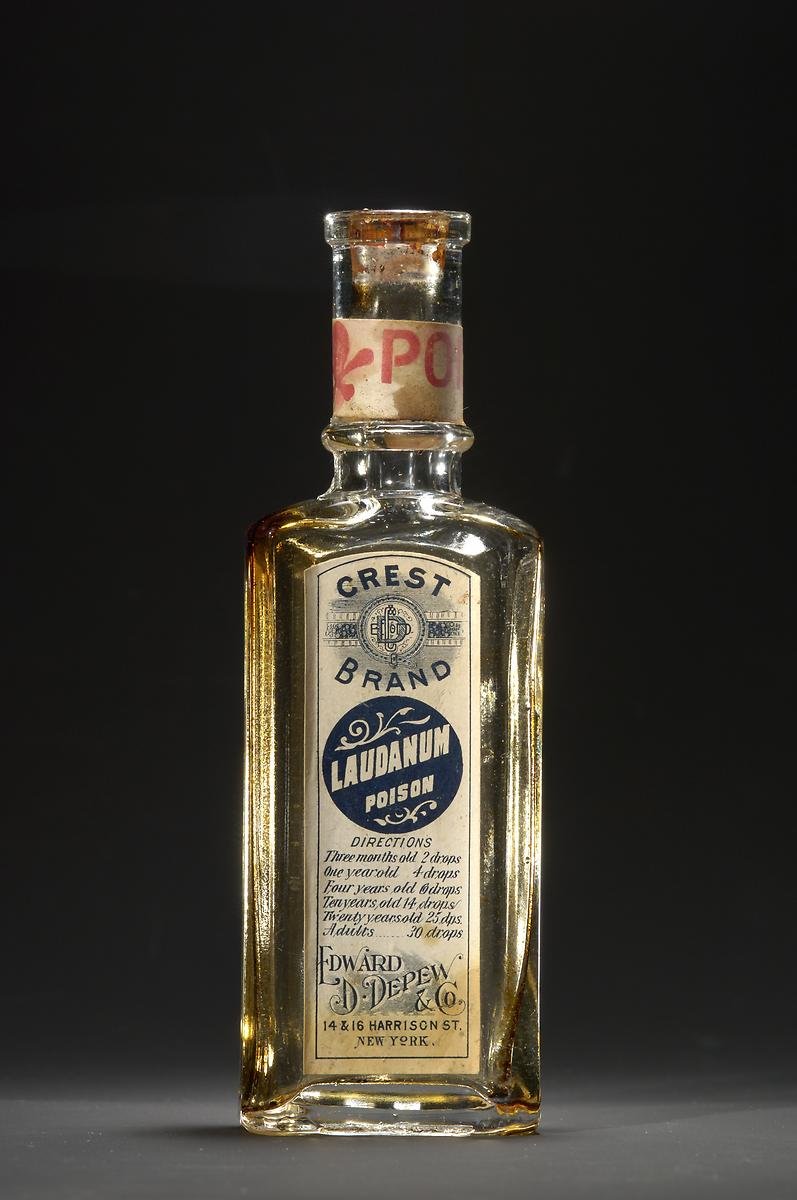I haven't done any #PenAndInkPoison in a while - I've been busy - so here you go. Today we'll talk about a toxin with a significant history and mechanism of action, and also dabbles into conspiracy theories. I present to you T-2 MYCOTOXIN: OF FUNGAL TOXINS AND BEE POOP, a 🧵. 

T-2 Mycotoxin is produced by species of the fungal genus Fusarium. They're essentially molds that grow in soils and affect plants. If you grow tomatoes that yellow, wither, and die in late summer, you've probably heard of "Fusarium wilt."
Back to T-2 Mycotoxin, it belongs to a class of chemical compounds called trichothecenes. One I've talked about before is VOMITOXIN, which affects wheat and can make you...vomit. T-2 Mycotoxin does the same.
If a Fusarium infects wheat, and contaminates it with T-2 Mycotoxin, if eaten the victim can have the trifecta of nausea, vomiting, and diarrhea, as well as hemorrhaging and leukopenia (low white blood cell count). This type of poisoning is called "alimentary toxic aleukia."
And T-2 Mycotoxin poisoning can be pretty serious. One mechanism of action is inhibition of DNA and RNA synthesis. This is due to its epoxide - the triangle with an "O" in one corner. Epoxides are notorious for messing with DNA, immune systems, and fast-growing cells.
In the 1940s there was a mass poisoning in Orenburg, USSR that killed 10% of the population - about 100,000(?), I don't quite recall. But it wasn't until the 70's that old, contaminated wheat, due to food scarcity from WWII, and newly discovered T-2 Mycotoxin, was the culprit.
Fast-forward to 1981 - The US accused USSR of supplying T-2 Mycotoxin to Vietnam in the 1970s to drop on fleeing refugees. The victims reported a sticky "yellow rain" that sickened people and possibly killed thousands. A chemical warfare accusation is pretty serious stuff, but...
...it wasn't T-2 Mycotoxin. It was bee poop. The yellow was just digested pollen. There was never any conclusive evidence of T-2 Mycotoxin in the "yellow rain," but if you took soil and plant samples, you could probably find it, because it's produced by molds that grow in soil.
The accusations weren't completely unfounded though. The US dumpled Agent Orange from the skies, so poison rain was a common and shameful occurrence, and if we were doing it, why wouldn't the Russians? Wasn't the Cold War awesome?
Back to T-2 Mycotoxin again, routes of exposure come from eating Fusarium contained grains, like what we saw in the USSR, but it can also be absorbed through the skin and inhaled. It's one reason why we're always warned not to touch or be around molds.
Inhaled, T-2 Mycotoxin is dangerous, especially with prolonged, chronic exposure. Deaths are not quick, nor pretty. With a suppressed immune system and bleeding, you'll probably die from an infection or your lungs filling with fluid.
So that's the chemistry, toxicology, and stories of T-2 MYCOTOXIN, a potent fungal toxin. And admire the pen, too, she's lovely😍 

• • •
Missing some Tweet in this thread? You can try to
force a refresh















